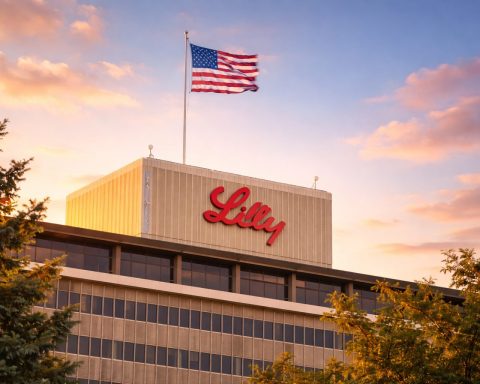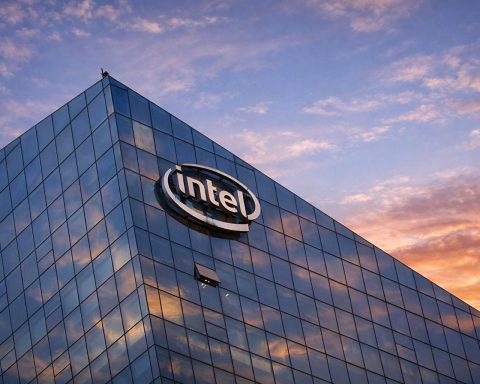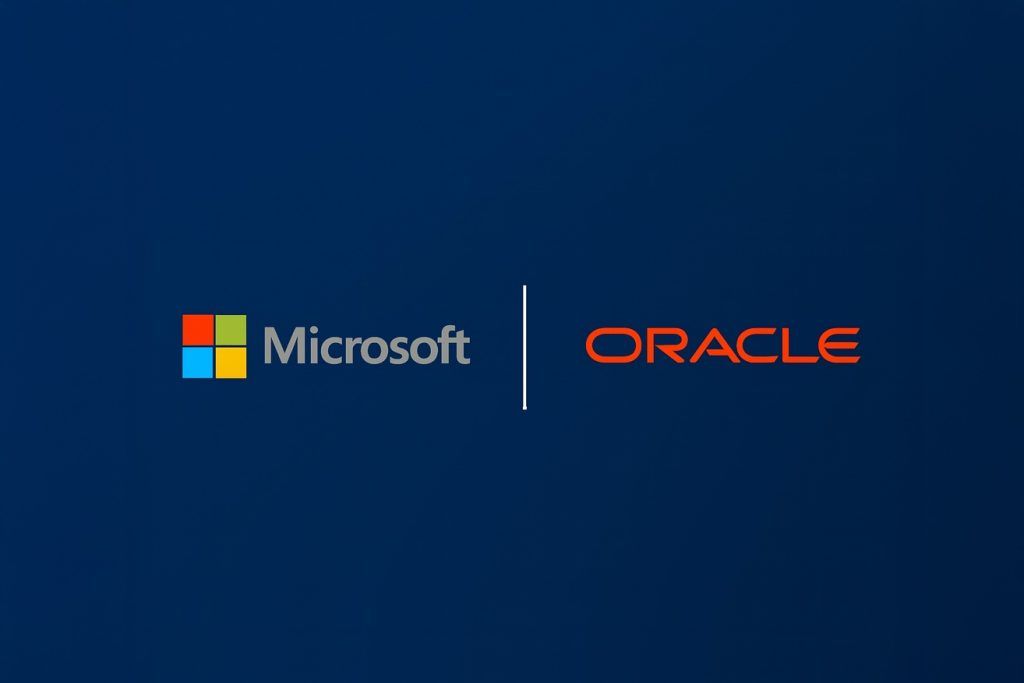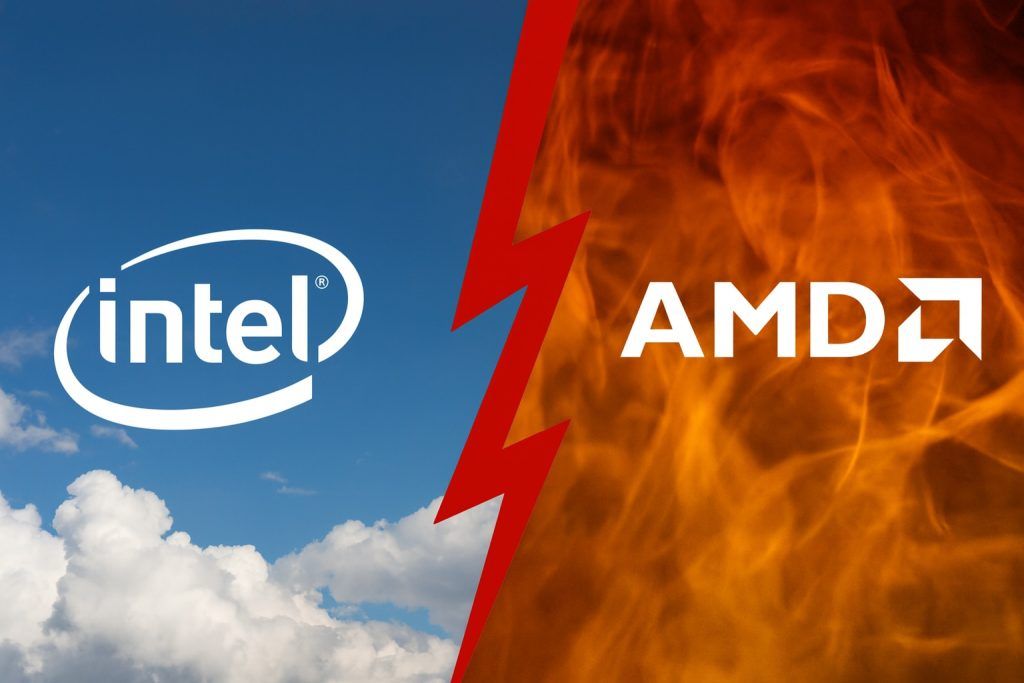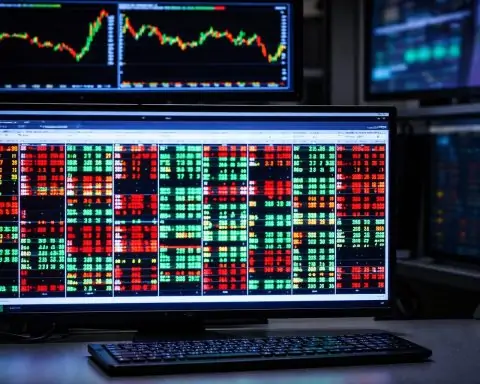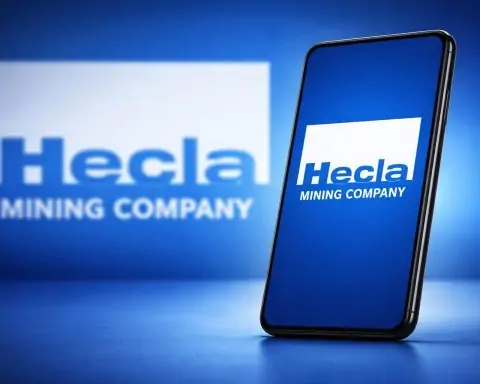Quantum Stocks Soar: U.S. Government Interest Triggers Rally in IonQ, Rigetti, D-Wave
- Government Buzz: On Oct. 22, Wall Street Journal reported that U.S. Commerce Department discussions could include taking equity stakes (roughly $10M each) in quantum firms IonQ (IONQ), Rigetti (RGTI) and D-Wave (QBTS) in exchange for funding [1]. This news sent all three stock prices surging in pre-market trading [2].
- Market Reaction: Quantum stocks spiked (Rigetti up ~15.6%, D-Wave ~16.3%, IonQ ~14.7%) then eased as the day progressed. A Commerce Dept. official later told Reuters it was “not currently negotiating with any of the companies” [3], dampening the rally. (IG Markets analyst Chris Beauchamp noted the trend reflects the administration “doing things in an unconventional way,” aiming to secure supply chains [4].)
- Current Prices (Oct 23, 2025): At Thursday’s close, IonQ traded around $59.4 (up ~7% for the day) [5], Rigetti around $39.60 (+9.8%) [6], and D-Wave about $31.06 (+13.8%) [7]. All three are still well above year-ago levels, reflecting huge gains in 2025 (e.g. one-year returns of +269% for IonQ, +2831% for Rigetti, +2174% for D-Wave [8]).
- Tech Milestones: IonQ announced on Oct. 21 that it achieved a world-record 99.99% two-qubit gate fidelity in its trapped-ion system [9] – a “watershed moment for IonQ’s quantum leadership,” CEO Niccolo de Masi said [10]. D-Wave’s new 4400+‑qubit Advantage2 annealer won Fast Company’s “Next Big Things in Tech” award; CEO Alan Baratz praised its ability to solve “highly complex problems that are difficult for classical computers” [11]. (Rigetti, for its part, has been rolling out a 36-qubit modular “Cepheus” system with ~99.5% gate fidelity [12] and won a $5.8M U.S. Air Force contract for quantum networking.)
- Analyst Outlook: Wall Street remains bullish on these names. All three carry “Strong Buy” consensus ratings [13] [14]. Some brokerages see significant upside: TS2.tech notes top price targets around ~$100 for IonQ and ~$50 for each Rigetti and D-Wave [15]. (TipRanks data similarly shows IonQ with many “Buy” ratings and an average target implying modest upside [16].) Large investors are also eyeing the sector – for example, JPMorgan is reportedly dedicating $1.5 trillion to growth initiatives including quantum.
- Valuations & Risks: Despite the excitement, all three companies have minimal sales today. IonQ’s roughly $20 billion market cap dwarfs its expected ~$90 million 2025 revenue [17] [18]. As one analyst put it, “IonQ sports a market cap of approximately $12 billion…considering [its] only revenues today come from early-stage quantum computing services” [19]. Critics warn the rally is fueled more by hype and government stories than by fundamentals [20]. Some note the sector may be in a “hype-driven” bubble, predicting extreme volatility ahead [21] [22].
Government Talks & Media Reports
This week’s frenzy began with a WSJ report that President Trump’s administration was discussing taking ownership stakes in certain quantum computing startups in return for federal R&D funding [23] [24]. D-Wave, IonQ and Rigetti (the so-called “Quantum Four”) were named in those talks [25]. Tech blogs and TS2.tech quickly summarized the news: “Trading platforms instantly flagged quantum tickers as top gainers,” noting the Commerce Dept. would inject at least $10M per company [26]. Rigetti even issued a statement to Fast Company arguing that “Government investment has long been vital to maintaining America’s technological leadership…The same holds true for quantum computing today,” warning that if the U.S. doesn’t lead on quantum, others (notably China) will [27].
However, before markets opened Thursday, a Commerce Department email to Reuters poured cold water on the story: it said the department was “not currently negotiating with any of the companies” [28]. This official denial immediately curbed the buying pressure. (Notably, the Administration has recently taken similar stakes in Intel and rare-earth producer MP Materials, so a stake in quantum startups would fit a broader strategy of securing critical tech supply chains [29]. But on Oct. 23, officials walked back any active deal.) IG Markets analyst Chris Beauchamp commented that the episode shows quantum computing is viewed as a strategic frontier: “Quantum computing offers the chance to really revolutionize the U.S. economy, and…it’s the administration doing things in an unconventional way,” he said [30].
Stock Market Reaction
In response to the rumor, IonQ, Rigetti, D-Wave (and fellow pure-play Quantum Computing Inc.) all momentarily spiked. Trading data show pre-market jumps of roughly +15% for Rigetti and D-Wave and +12–14% for IonQ [31] [32]. By midday, IonQ had climbed above $70 (briefly touching resistance around $75) before settling around $59 (about +7% for the day) [33]. Rigetti closed near $39.60 (+9.8%) [34], and D-Wave around $31.06 (+13.8%) [35]. These prices are far higher than just a year ago – for example, D-Wave was trading under $2 in late 2024 – reflecting this year’s massive gains (TS2 notes D-Wave up ~+280% YTD, Rigetti +100%+ YTD, IonQ +75% YTD [36]).
A side-effect was also visible in niche ETFs: the Defiance Quantum ETF (QTUM), which tracks companies tied to quantum tech, rose ~1.3% that day [37]. Overall, the “Quantum Four” saw most of Thursday’s losses from the market sell-off erased. (Fast Company reported that Wednesday’s declines – 15% for D-Wave, 9% for Rigetti, etc – were largely undone by Thursday’s rally [38].) By the end of trading, investors seemed to have calibrated a middle ground: hopeful on quantum news, but not wildly exuberant after the denial.
Recent Technology Milestones
Meanwhile, the companies continue to tout technical progress that underpins investor optimism. Just this week IonQ revealed it had crossed the 99.99% two‑qubit fidelity threshold – a four-nines performance record no other firm has achieved [39]. CEO Niccolo de Masi hailed this result as a “watershed moment for IonQ’s quantum leadership,” saying it brings error-corrected, fault-tolerant systems “years closer” and could unlock a “10^10 (10 billion×) performance increase” over older hardware [40].
D-Wave in October won Fast Company’s “Next Big Things in Tech” award for its 4400+‑qubit Advantage2 quantum annealer [41]. CEO Alan Baratz said the accolade is “a well-earned testament to D-Wave’s relentless delivery of production-ready quantum computing technology”, noting that Advantage2 can solve real-world optimization problems in minutes that would take classical supercomputers an infeasible time [42].
Rigetti has been pushing its own milestones. In September it announced a 36-qubit multi-chip processor (“Cepheus” system) achieving ~99.5% two-qubit gate fidelity [43]. It also secured a $5.8M U.S. Air Force contract this summer to advance quantum networking. These technical strides have helped Rigetti’s stock rebound from penny-stock levels – part of the reason its year-to-date gain is now in the triple digits [44].
Analyst Forecasts & Investor Sentiment
Analysts continue to express confidence in all three companies, albeit with caution about valuations. On TipRanks, each stock has a Strong Buy consensus rating [45]. TS2.tech reports that Wall Street price targets remain lofty – roughly $64–65 on average for IonQ (with some bulls at ~$100), ~$28 for Rigetti (some targets $50), and ~$23–$26 for D-Wave (some to $50) [46]. These imply upside of a few percent for IonQ but more mixed signals for RGTI/QBTS (since prices have already run up so much).
In fundamental terms, IonQ is furthest along: it just raised its 2025 revenue guidance to $82–$100M (from ~$10M two years ago) [47], and Amazon took an equity stake ($36.7M) showing industry support. But even IonQ’s growth is still small relative to its valuation. As TS2 notes, hitting the midpoint of guidance (~$90M) would make 2025 revenue ~3× that of 2024 [48], yet the stock carries a 200× forward sales multiple on that output. “IonQ’s market cap is approximately $20 billion,” TS2 observes – “substantial considering the company’s only revenues today come from early-stage quantum services” [49]. Rigetti and D-Wave have even less revenue today (a few million per quarter) but market caps around $10B each [50] [51].
Investors interviewed in recent media pieces admit the sector is driven by future promise. As TS2 summarizes from analysts, “pure-play quantum computing companies such as IonQ, D-Wave, and Rigetti are still in early development stages. Their revenues remain low, losses are large, and the technology is not yet ready for widespread real-world use” [52]. With stocks up thousands of percent from 2024 lows, some caution a “hype-driven bubble” may be forming [53]. Long-time bulls argue government backing and accelerating milestones could justify these bets, but many observers say the run-up assumes breakthroughs years sooner than might actually happen.
Risks & Outlook
For the general public investor, this means high risk/reward. The latest rally demonstrates that news (real or rumored) can swing quantum shares dramatically day-to-day. (Recall that in January a single remark about timelines sent all the pure-play quantum names plunging ~40% [54].) While the possibility of U.S. funding was enough to lift prices, the subsequent denial tempered expectations – yet prices remain elevated on hope.
Looking ahead, each company will soon report fresh results and news. IonQ reports Q3 on Nov. 5 (its stock fell ~7% on a large secondary offering mid-Oct [55]). Strengthening financials (rising sales) will help sustain these valuations; any slowdown could invite profit-taking. On the positive side, further technology or partnership announcements could rekindle buying. In the meantime, pundits recommend monitoring key developments: actual government programs, corporate quantum partnerships (e.g. Amazon/AWS, IBM, Google’s own efforts), and application wins (drug discovery, optimization tasks, etc.).
In summary, IonQ, Rigetti, and D-Wave are commanding investor attention on national-security and technology grounds. The October news showed how quickly sentiment can swing. Experts remind investors that we are still in the “early innings” of quantum [56]: if the hype is borne out, these names could indeed reward bold holders. But the sky-high valuations also mean upside is not guaranteed, and even a bit of skepticism is healthy. As one analyst quoted on TS2 put it, the market “is pricing in years of growth and technical progress that must still be realized” [57]. Every investor should weigh the dazzling potential against the long road ahead.
Sources: Recent news reports and analysis from Reuters, Fast Company, Motley Fool/Nasdaq, TS2.tech, company releases, and financial data (as cited above) [58] [59] [60] [61] [62] [63] [64] [65].
References
1. ts2.tech, 2. ts2.tech, 3. www.reuters.com, 4. www.reuters.com, 5. finviz.com, 6. finviz.com, 7. finviz.com, 8. www.fastcompany.com, 9. ionq.com, 10. ionq.com, 11. www.dwavequantum.com, 12. ts2.tech, 13. ts2.tech, 14. www.tipranks.com, 15. ts2.tech, 16. www.tipranks.com, 17. ts2.tech, 18. ts2.tech, 19. ts2.tech, 20. ts2.tech, 21. ts2.tech, 22. ts2.tech, 23. www.fastcompany.com, 24. www.reuters.com, 25. www.fastcompany.com, 26. ts2.tech, 27. www.fastcompany.com, 28. www.reuters.com, 29. www.reuters.com, 30. www.reuters.com, 31. ts2.tech, 32. www.fastcompany.com, 33. finviz.com, 34. finviz.com, 35. finviz.com, 36. ts2.tech, 37. www.reuters.com, 38. www.fastcompany.com, 39. ionq.com, 40. ionq.com, 41. www.dwavequantum.com, 42. www.dwavequantum.com, 43. ts2.tech, 44. ts2.tech, 45. www.tipranks.com, 46. ts2.tech, 47. ts2.tech, 48. ts2.tech, 49. ts2.tech, 50. ts2.tech, 51. ts2.tech, 52. ts2.tech, 53. ts2.tech, 54. ts2.tech, 55. www.nasdaq.com, 56. ts2.tech, 57. ts2.tech, 58. www.reuters.com, 59. ts2.tech, 60. finviz.com, 61. ionq.com, 62. www.dwavequantum.com, 63. www.tipranks.com, 64. ts2.tech, 65. ts2.tech


